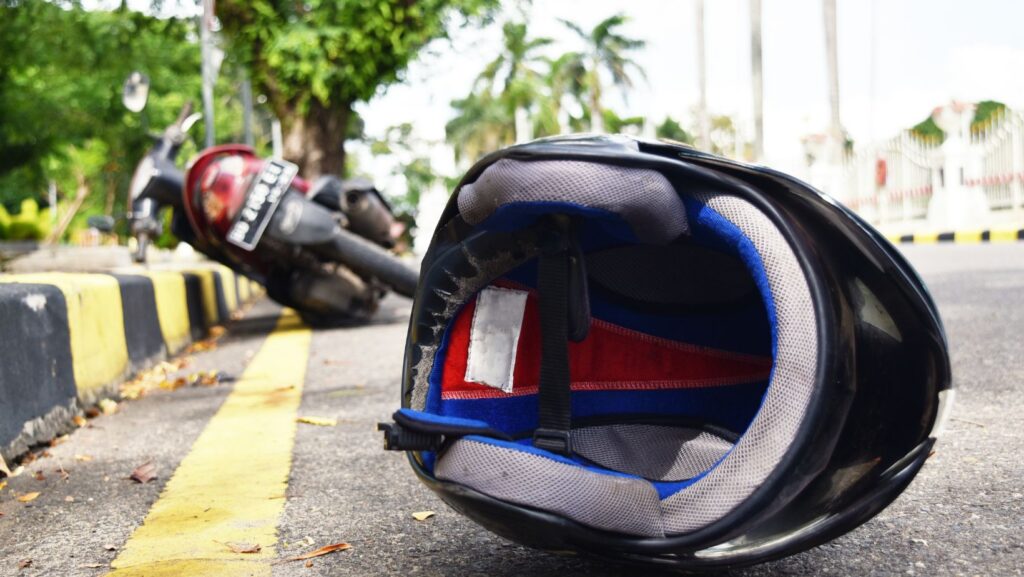When it comes to motorcycle maintenance, a tune-up is like a spa day for your bike. It keeps everything running smoothly and helps avoid those awkward moments when your ride suddenly decides to play dead. But what about the cost? That’s where things can get a bit tricky.
Picture this: you’ve got the wind in your hair and the open road ahead, but first, your trusty steed needs a little TLC. Understanding motorcycle tune-up costs is crucial for every rider, whether you’re a weekend warrior or a daily commuter. From spark plugs to oil changes, knowing what to expect can save you from a wallet-popping surprise. So let’s dive into the nitty-gritty of tune-up pricing and help you keep your bike—and your budget—on the right track.
Motorcycle Tune Up Cost
Understanding the costs associated with motorcycle tune-ups helps riders budget effectively for maintenance. Costs vary based on several factors including the type of motorcycle and the specific services required.
Factors Influencing Cost
Several factors greatly influence motorcycle tune-up costs. Type of motorcycle plays a significant role in pricing, with sport bikes typically costing more than cruisers. Geographical location also matters, as labor rates differ across regions. Service complexity adds another layer; more extensive tune-ups require additional time and parts. Parts quality impacts costs as well, with premium spark plugs or oils increasing expenses. Lastly, the experience level of the mechanic can result in higher service charges for skilled technicians.
Frequency of Tune Ups
Frequency of tune-ups depends on usage and manufacturer recommendations. Riders using their motorcycles daily should consider more frequent maintenance, perhaps every 3,000 to 5,000 miles. For casual riders, tune-ups every 6,000 to 7,500 miles suffice. Seasonal riders can benefit from annual inspections. Additionally, specific riding conditions may necessitate increased frequency; frequent short trips or harsh climates often require more attention. Keeping a maintenance schedule improves longevity and performance, ultimately reducing long-term costs.
Breakdown of Typical Costs


Understanding the breakdown of motorcycle tune-up costs helps riders budget effectively for maintenance. Costs typically include parts, labor, and any additional services a bike may require.
Parts and Labor
Parts and labor account for a significant portion of tune-up costs. Common parts such as spark plugs, air filters, oil filters, and fluids can cost between $50 and $200, depending on the motorcycle type. Labor rates vary widely, often ranging from $75 to $150 per hour based on the mechanic’s experience and location. Routine maintenance tasks might require 1 to 2 hours of labor, translating to $75 to $300 in labor costs. Familiarity with the motorcycle model can also influence total expenses, as some bikes might necessitate specialized knowledge, impacting labor pricing.
Additional Services
Additional services further affect tune-up pricing. Riders might opt for tire checks, brake inspections, or chain adjustments, typically incurring extra fees. Tire installation costs can range from $20 to $50 per tire, while brake pad replacement might set a rider back $100 to $200. Chain adjustment usually falls within a $20 to $50 range. Routine inspections, flushes, and detailing may also be offered, collectively adding an additional $50 to $300 to the overall tune-up bill. Riders should inquire about any available packages for better savings.
DIY vs. Professional Tune Ups
Understanding the differences between DIY and professional tune-ups helps riders make informed decisions. Each option presents unique advantages and disadvantages.
Pros and Cons of DIY
DIY tune-ups offer cost savings and the satisfaction of personal involvement. Riders can control expenses by purchasing parts at lower prices. Knowledge of motorcycle mechanics grows through hands-on experience. However, limited technical skills may lead to mistakes, potentially causing further issues or safety risks. Additionally, DIY maintenance typically lacks the comprehensive diagnostics professionals provide.
Cost Comparison
DIY tune-up costs can range from $50 to $150, mainly for parts like spark plugs and filters. Labor expenses remain minimal since riders perform tasks themselves. Conversely, professional tune-ups average $200 to $500, factoring in parts and labor. Labor costs vary from $75 to $150 per hour based on location and mechanic experience. Riders should weigh potential savings against the benefits of professional expertise when considering their options.
How to Save on Motorcycle Tune Up Costs
Understanding ways to reduce motorcycle tune-up costs helps riders maintain their bikes efficiently. Consider performing basic checks and minor maintenance tasks at home. Checking the oil, ensuring tire pressure, and inspecting lights can lower expenses significantly.
Comparing prices among service providers aids in finding the most competitive rates. Many motorcycle shops offer loyalty programs and discounts for regular customers. Asking for package deals may lead to additional savings as well.
Seasonal tune-ups can prompt savings as well. Scheduling maintenance during off-peak seasons often results in better rates and availability. Additionally, riding less during the winter months can minimize wear and tear, reducing the frequency of necessary tune-ups.
Joining motorcycle clubs or online communities provides access to group discounts and shared knowledge. Members often exchange ideas about affordable maintenance and repair techniques. Internet forums are also valuable resources for DIY tutorials on tune-up tasks.
Purchasing maintenance items in bulk further enhances savings. Buying spark plugs, filters, and fluids in larger quantities usually comes with discounts. Discount retailers and online marketplaces often feature lower prices than local shops.
Maintaining a detailed service record also benefits future budgets. Keeping track of past expenditures helps in anticipating upcoming costs. Knowing when to schedule the next tune-up based on riding habits ensures efficient planning.
While DIY options are cost-effective, professional inspections are beneficial. Comprehensive diagnostics from experienced mechanics identify potential issues before they escalate. Weighing the costs of DIY versus professional services will clarify the best maintenance approach for each rider.



